A scalable EV charging network sends this upmarket Auckland apartment building into the future
Written by
18 March 2023
•
3 min read
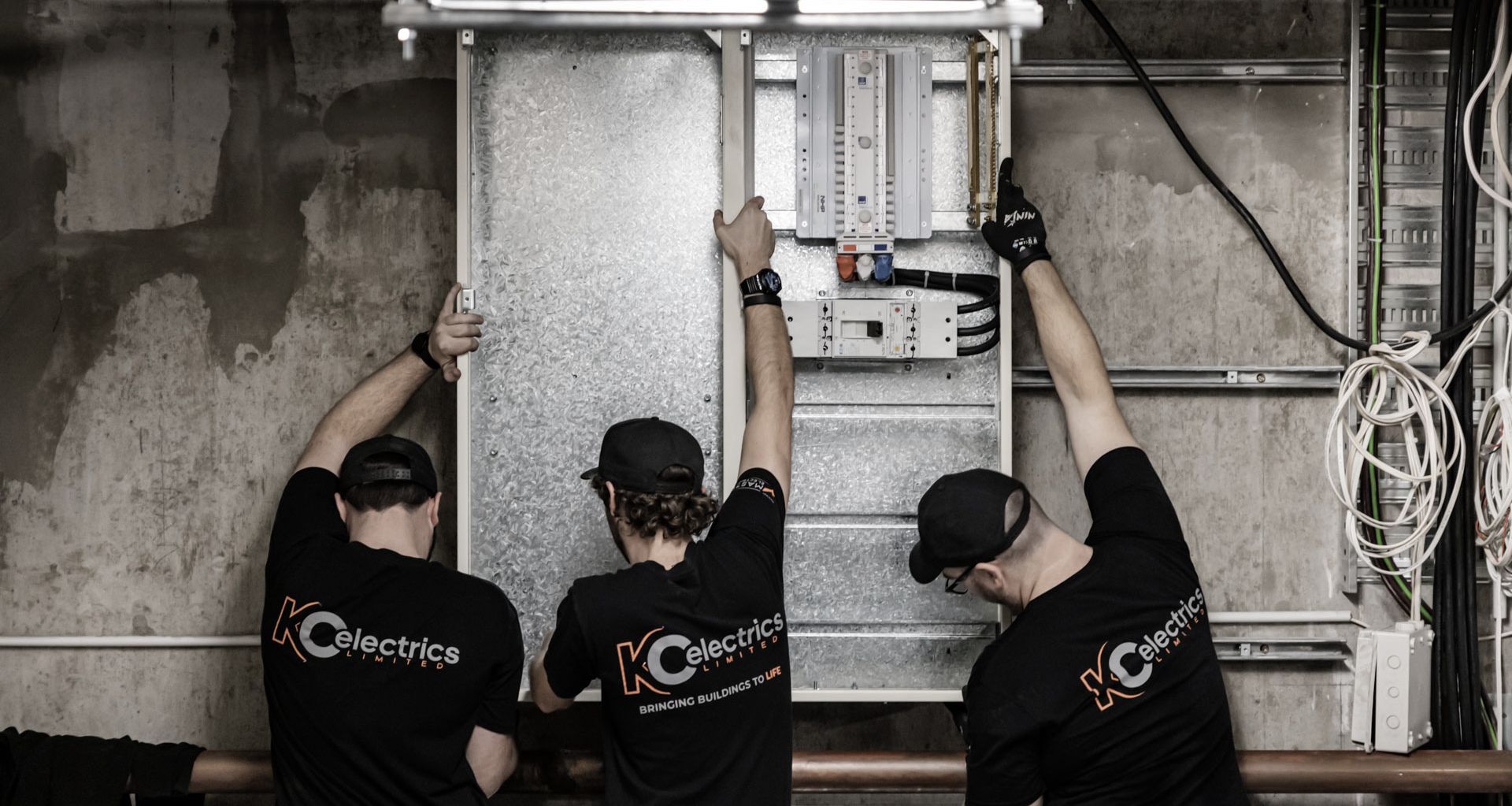
With uninterrupted views over the Auckland harbour and a coveted city fringe location, those who call Hereford Residences home enjoy the very best apartment living has to offer.
Converted from a 15-storey office building into a 20-storey mixed-use development in May of 2017, the building’s carpark, while generous, did not have the facilities to support the growing number of residents with electric vehicles.
Looking for someone to take on the project, Hereford Residences’ management company engaged K C Electrics, who had been overseeing the electrical maintenance for the building and had experience with EV charging.
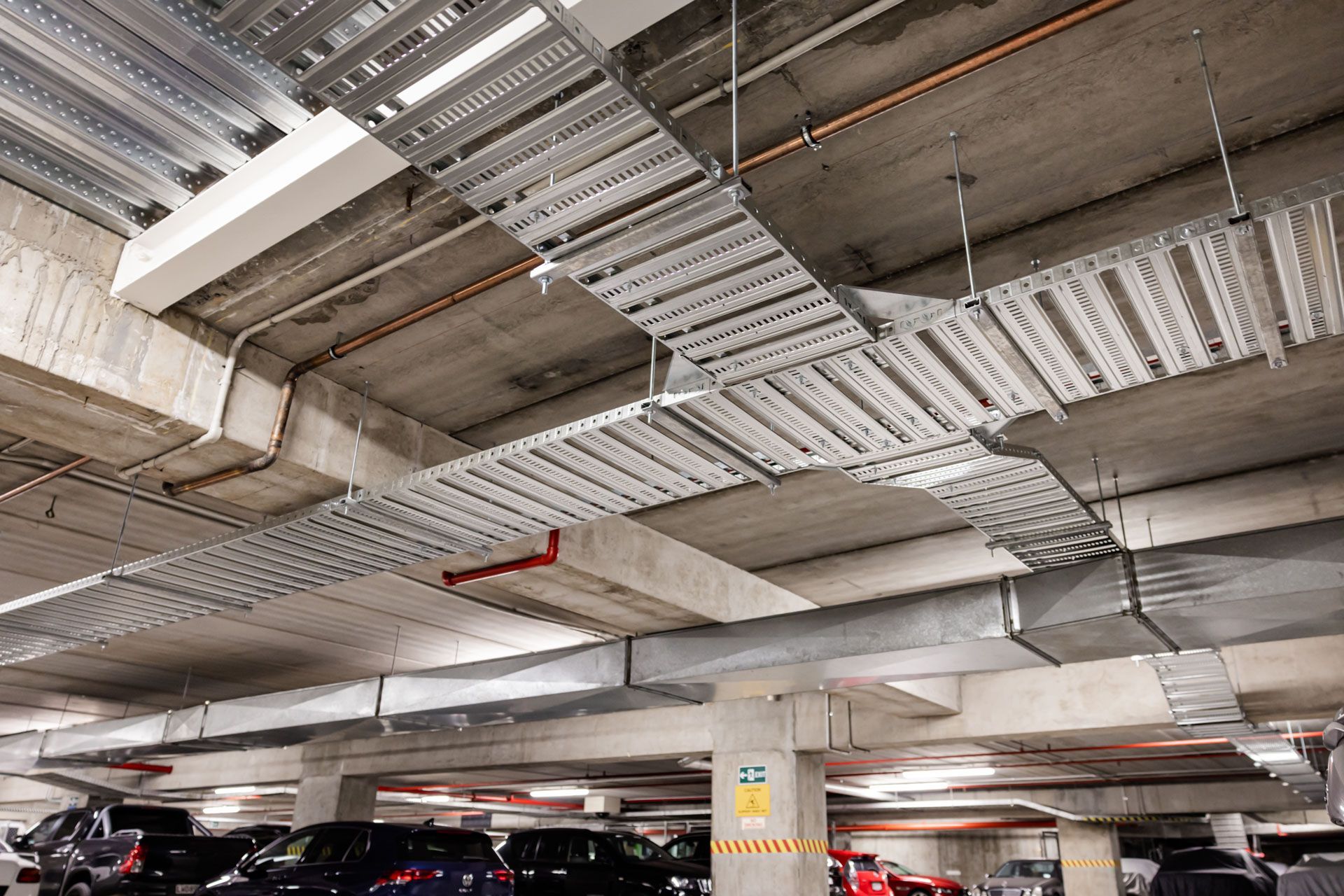

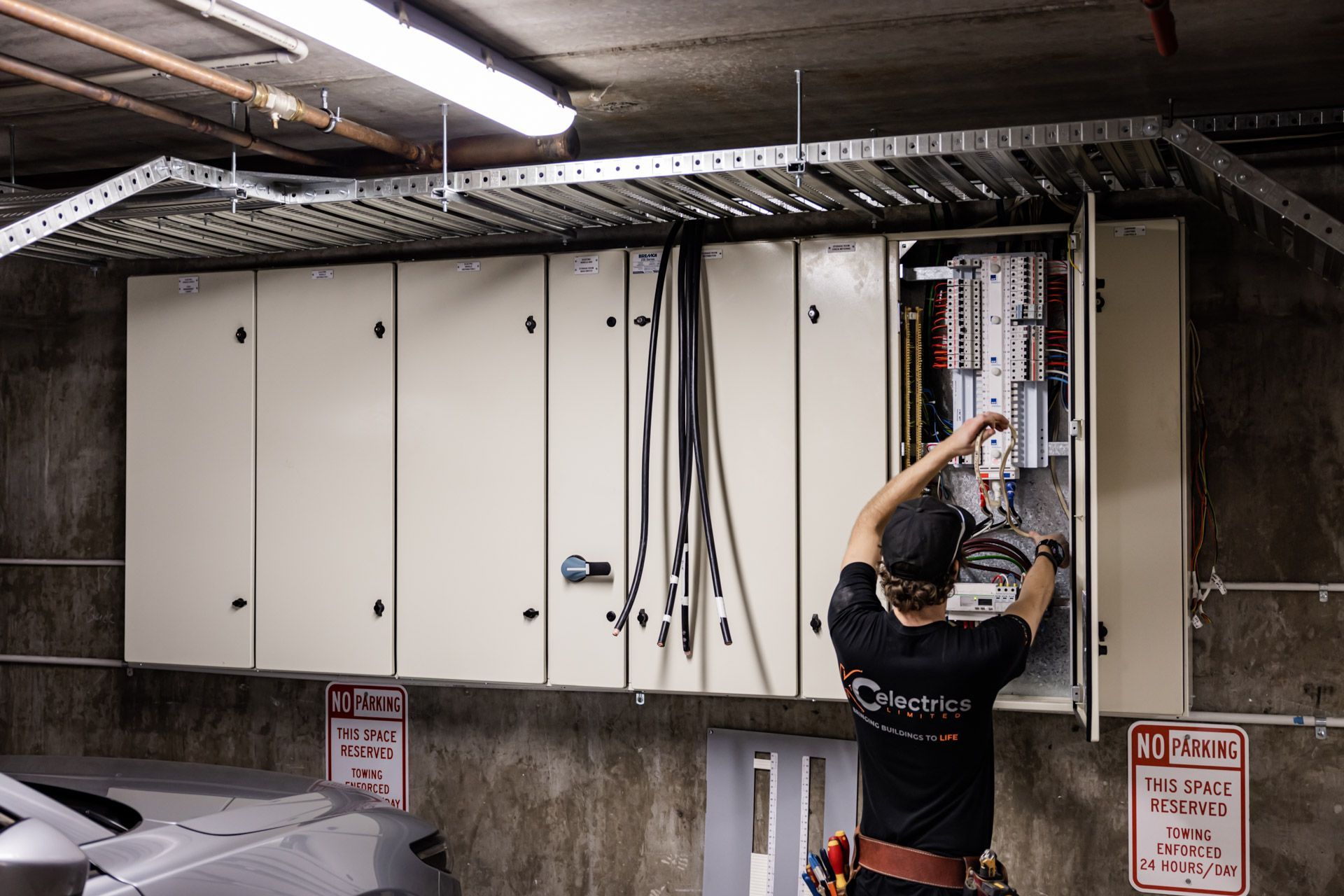
Once the partnership had been confirmed, K C Electrics Managing Director Kevin Spemann and his team set out to create a design that could meet the unique requirements of the building.
“When approaching a project like this, we first have to consider the existing infrastructure, which includes the incoming power supply and the existing distribution switchboards,” Spemann says.
“We have to check the capacity of the incoming power supply, with the aid of a 30-day load study, to see if we can direct the spare capacity to the EV charging network and ensure that the existing distribution switchboards can manage more load.”
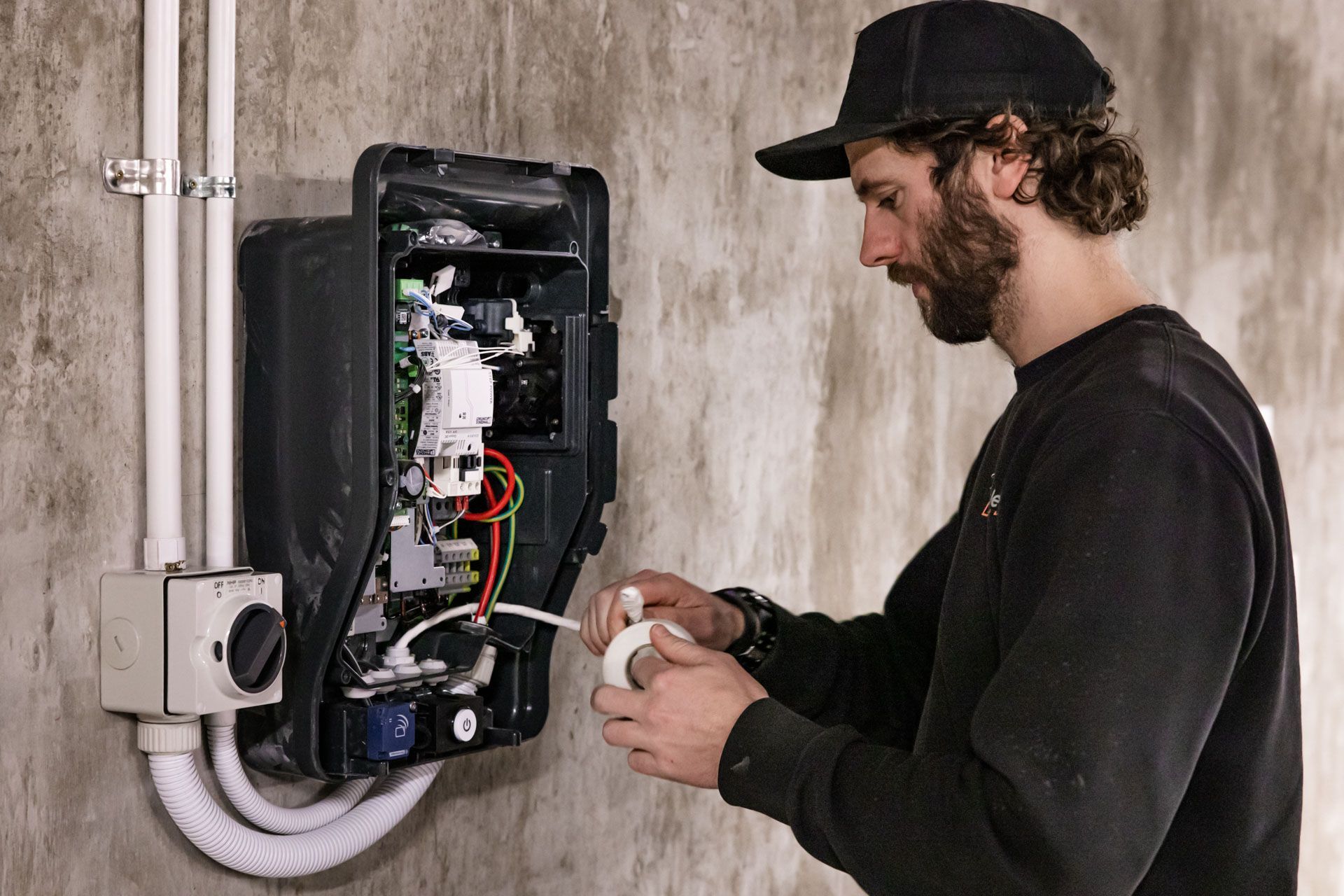
If the existing distribution switchboard cannot handle a substantial increase in load and physical capacity, it needs to be replaced, which happened to be the case at Hereford.
“We looked at adding another switchboard somewhere else, but because the carpark only had one central hub that could accommodate a switchboard, and no other locations in the carpark were suitable, we had to replace it with a larger one that included a metering facility for the EV chargers,” Spemann explains.
The installation process started with the new switchboard, followed by cable support systems, such as dedicated cable trays, to enable the cables to reach from the switchboard to the EV charging stations. For this project, K C Electrics used the Schneider Electric EVlink Smart Wallbox, an EV charging station designed for commercial and multi-charger environments.

As it was likely that multiple people would be charging their cars simultaneously, the infrastructure also needed a load management system. This system manages the energy flow across the system to maximise efficiency and ensures each charging point delivers the right amount of power to each vehicle, even when more chargers are added to the network.
Once the infrastructure is in place, installing the charging stations is relatively straightforward. New chargers can also be added at any time for residents who choose to purchase an electric vehicle in the future.
“We received about 20 orders right from the get-go, with further residents approaching us as they needed one,” Spemann says. “Even if someone decides to purchase an EV five years down the track, they can still come to us, and we can install the charger without complication.”
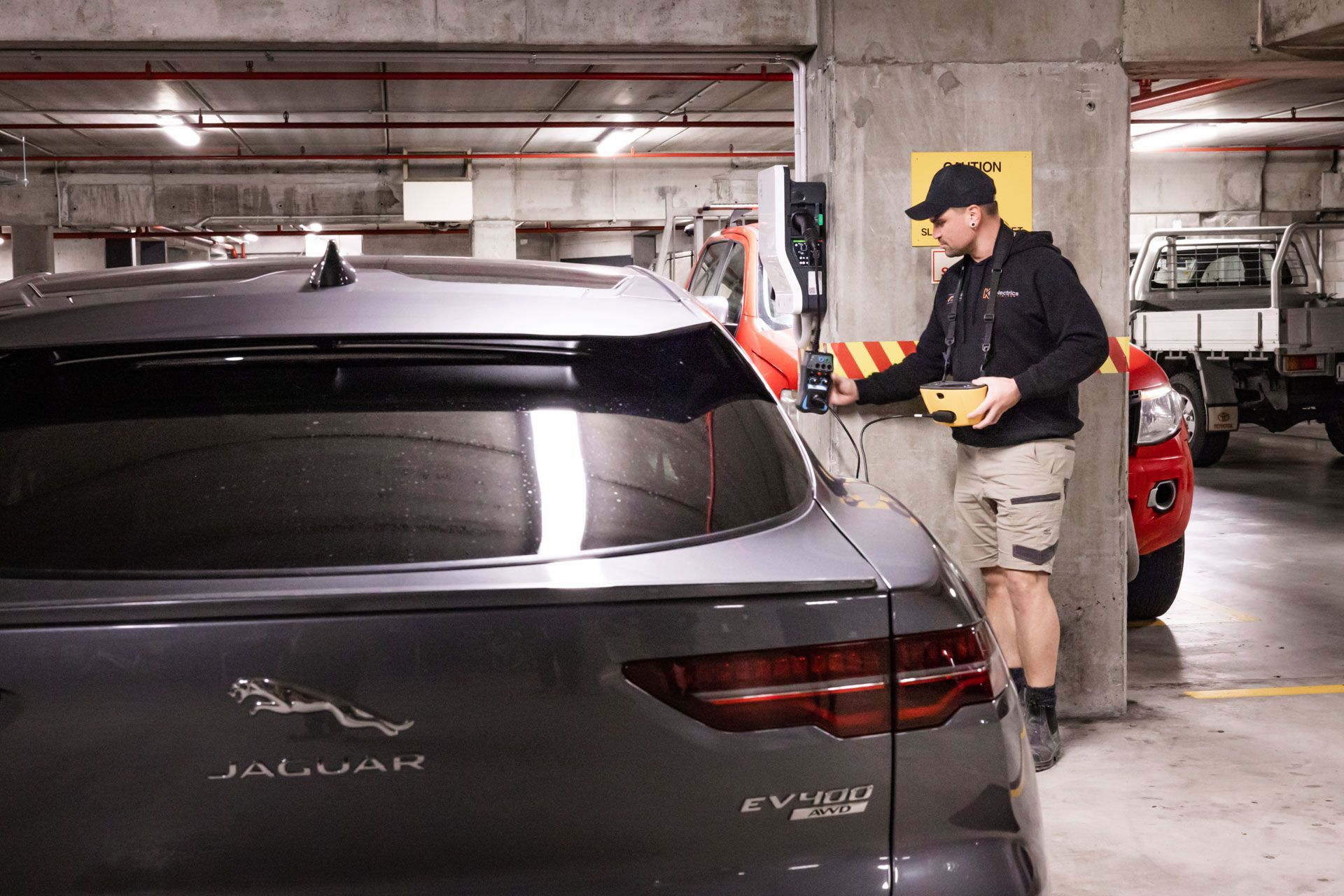
To ensure the charging stations continue to work at their best, Spemann says they need to be serviced once a year — a service the K C Electrics team provide, alongside their standard same-day call-out service and general electrical maintenance on the property.
Learn more about K C Electrics.